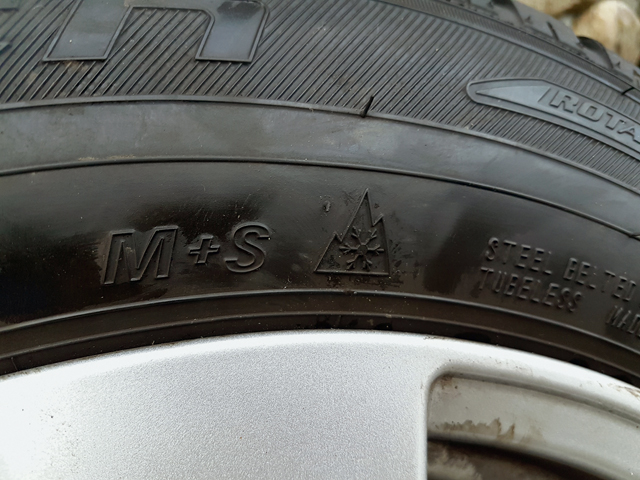
Halloween is coming but what you should be more frightened by is having the wrong tires on your car during wintertime.
According to U.S. Army Garrison Rheinland-Pfalz Safety Director Richard Cruikshank, having the wrong tires could result in a dangerous situation.
“It could happen that you skid with your car due to the glaze,” said Cruikshank. “Following distance on slippery roads should be twice or more than when driving on dry roads — stopping distance is three to 12 times greater when road conditions are icy.”
Cruikshank also gave some tips to prevent driving accidents and dangerous situations:
Drive at reduced speeds so you can stop more smoothly.
Lightly pump your brakes to warn of your intention to stop.
Give turn signals sooner than usual — this gives other drivers more time to react.
Maintain at least triple the normal distance from the vehicle ahead.
“When driving up and down hill, you should select the proper gear before going up, ‘usually a lower gear,’ and when going down use the same gear,” said Cruikshank. “This will allow the engine to act as a brake, so you will not have to use the brake excessively.”
Cruikshank also talked about what to do if you skid on icy roads.
Do not panic or make any sudden changes in speed or direction — ease off accelerator and steer in direction that the rear of the vehicle is skidding.
Safety precautions aside, having the correct tires is a federal German law.
According to the “Allgemeiner-Deutscher-Automobil-Club” or in Germany known as ADAC, 2010 German law mandates the use of winter tires when conditions are icy.
According to the ADAC, winter tires have two kinds of markings: a snowflake that indicates the tire is a snow tire, and the second marking is a M+S sign that means “mud and snow” [ Matsch und Schnee].
This law pertains to trucks and buses as well regardless of whether the driver is the owner or just renting the vehicle. According to the ADAC, it is important to note that all-season or all-weather tires that also have the M+S marking are acceptable for winter driving this year.
Tires with the old M+S sign are allowed until September 30, 2024, but ADAC recommends getting new tires with the Alpine 3-peak-mountain mark as soon as possible.
Prices of snow tires vary widely depending on the make and the model of the vehicle. It may be a good idea to look online, but always be mindful of the shipping date as it may get icy before tires arrive.
If found violating this law it can get really costly.
According to ADAC, fines range from 60 to 80 euros depending on if others are hindered because of the violation. Depending on the situation, points could be added to one’s license compounding an already stressful situation.
If alpine driving is in your winter plans, be sure to have snow chains.
According to ADAC, German traffic sign 268 states: from here on, you can only drive with snow chains. Anyone driving on a snow-covered road without them risks a warning fine of 20 euros. Also important to note, sign 268 also applies to vehicles with all-wheel drive. Snow chains are not a substitute for winter tires.
So if you were planning to buy some pumpkins or Halloween candy, a bigger fine would be much scarier than all the costumes on Halloween!


